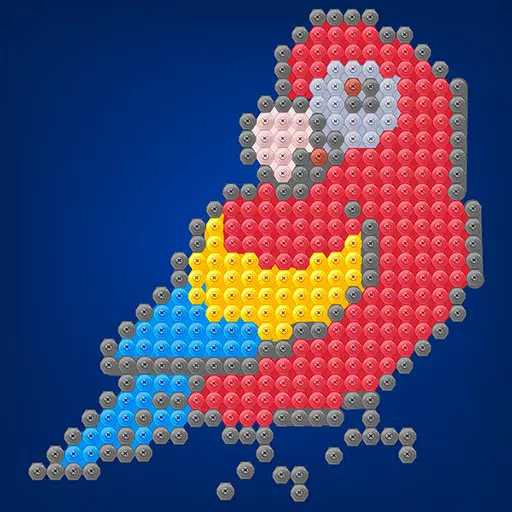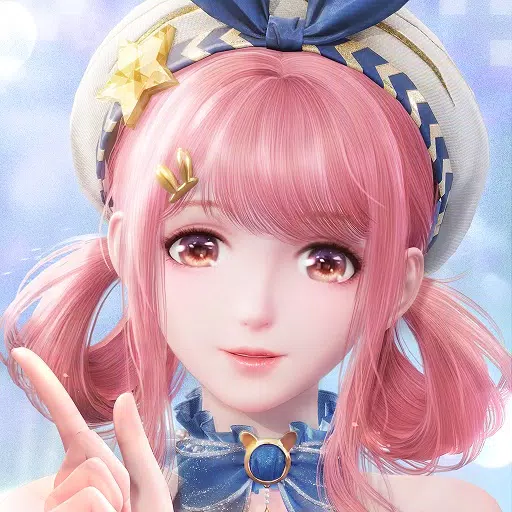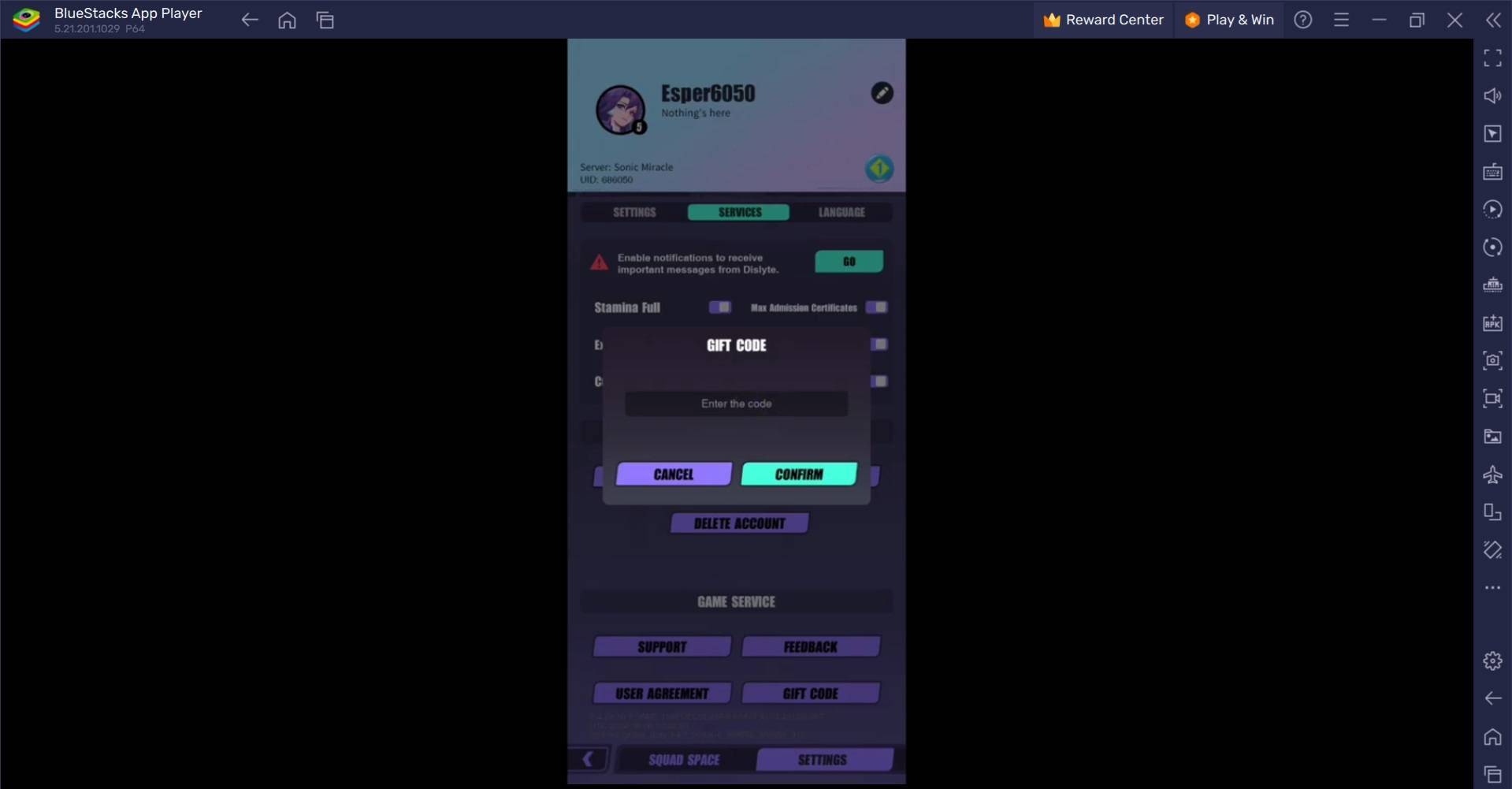Monster Hunter Wilds: Weapon Tuning and Design Philosophy
With each new Monster Hunter installment, players eagerly anticipate experiencing their favorite weapons in a fresh context. Monster Hunter Wilds, aiming for a seamless hunting experience, presents unique challenges and opportunities for weapon design. We spoke with Kaname Fujioka (Art Director and Executive Director, also director of the first Monster Hunter game) and Yuya Tokuda (Wilds Director, involved since Monster Hunter Freedom) to delve into the weapon tuning process.
IGN First: Monster Hunter Wilds Oilwell Basin Artwork

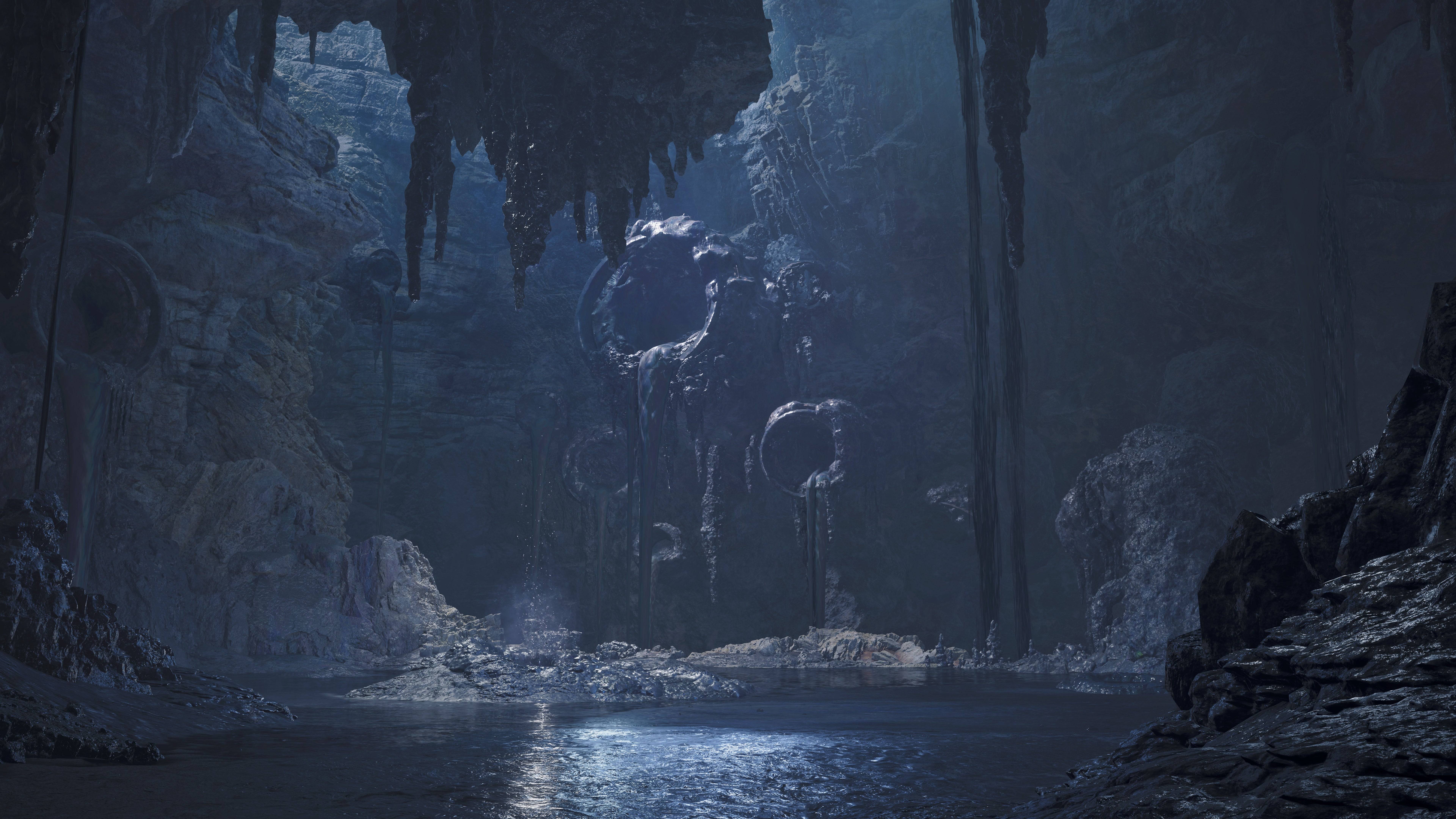 6 Images
6 Images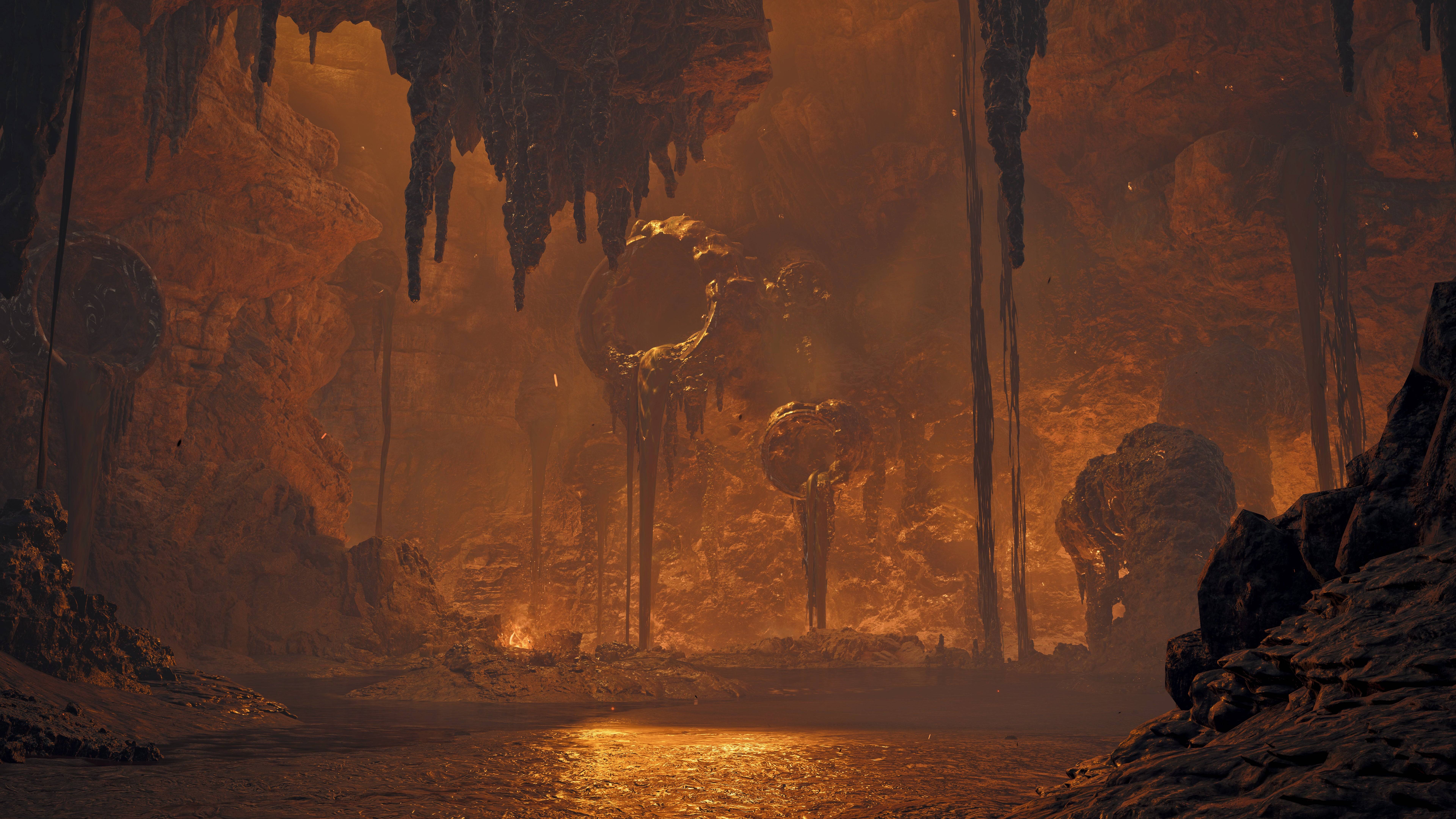
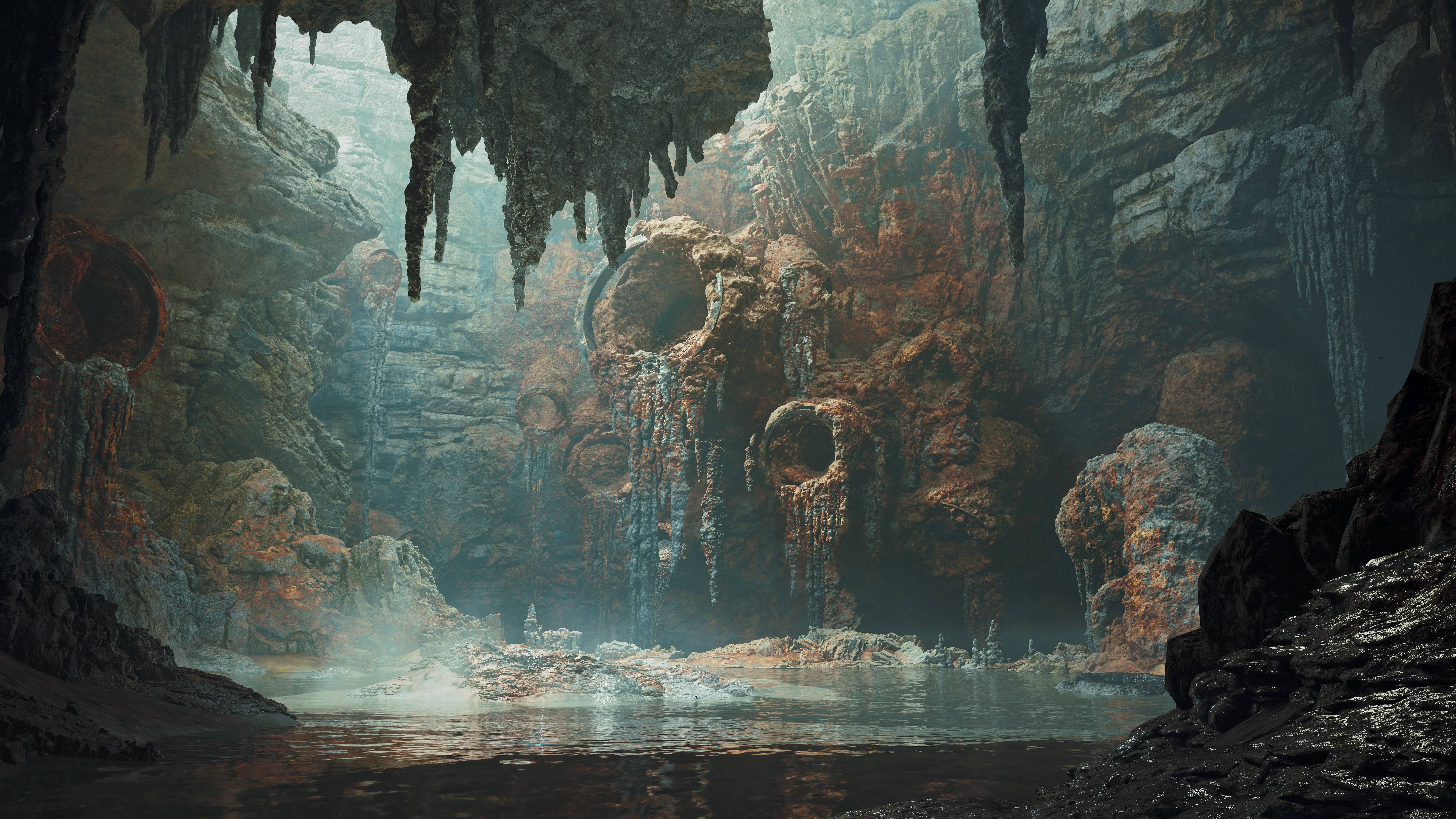
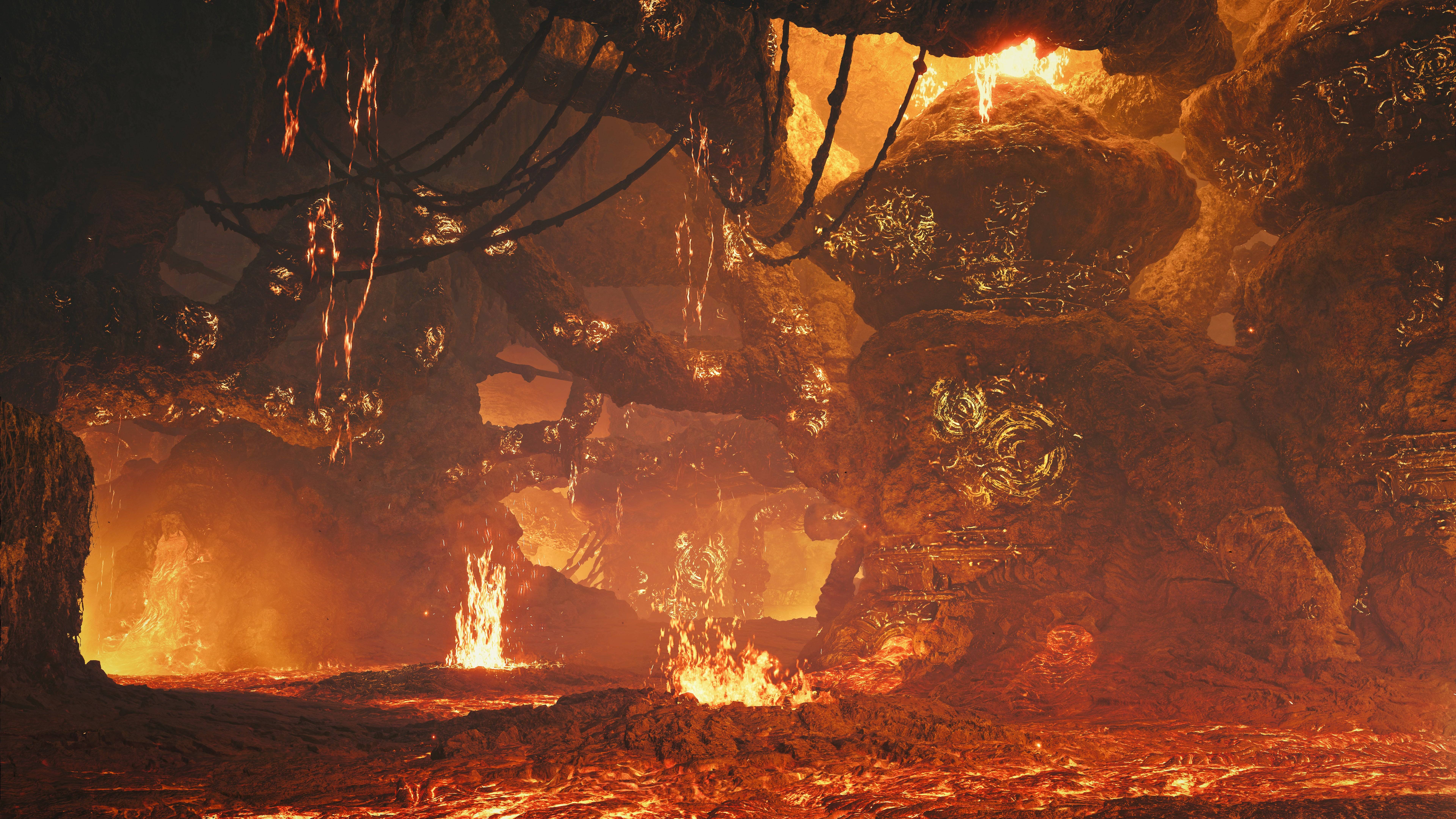
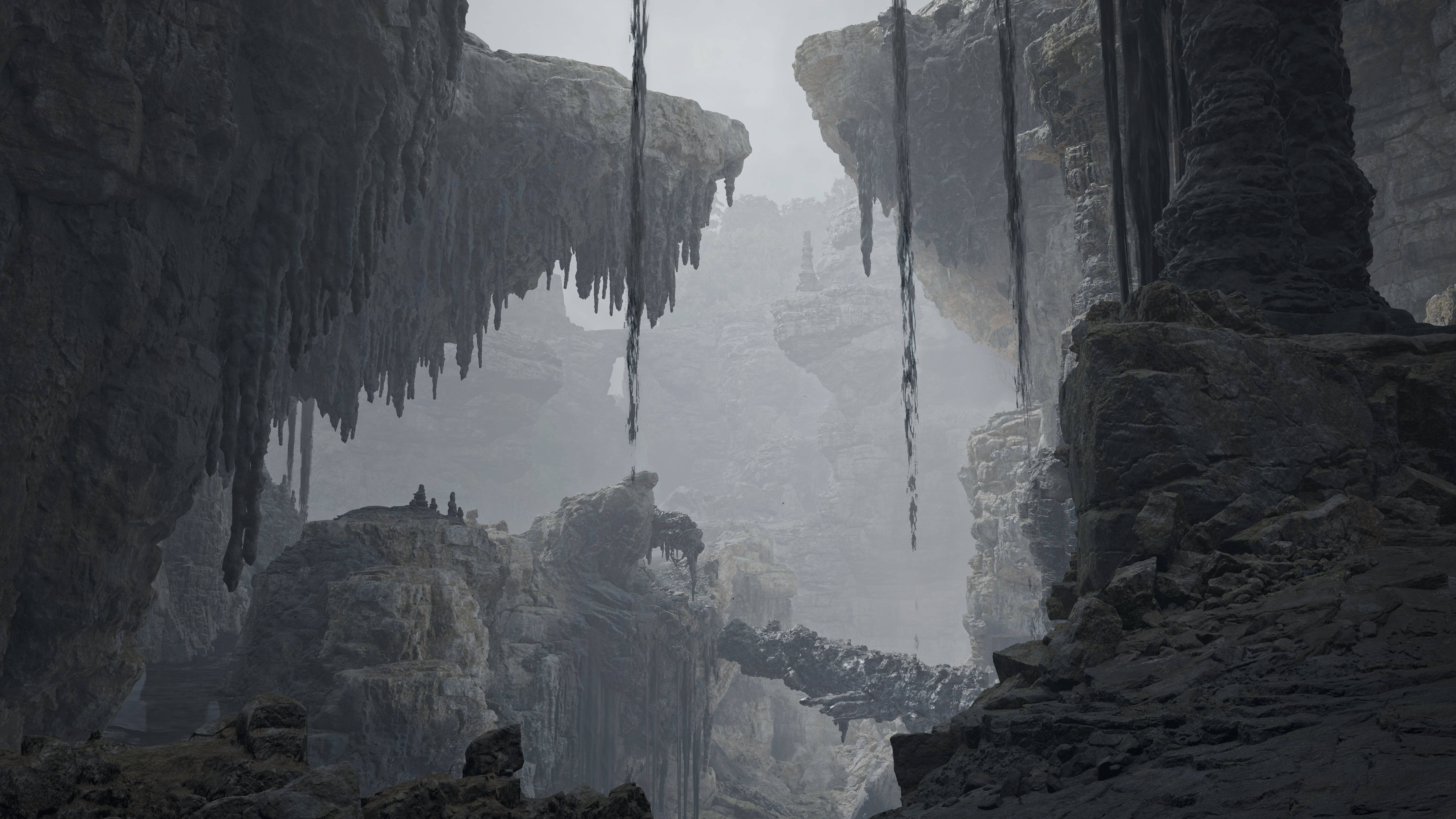
The interview revealed the design concepts and development process for each weapon, addressing player feedback from the November 2024 Open Beta Test.
Seamless Hunting: Weapon Adjustments
Wilds' seamless map and dynamic weather necessitated significant weapon adjustments. Tokuda highlighted substantial changes to the Light and Heavy Bowguns and the Bow. The elimination of base-returning between quests impacted ranged weapons, which traditionally consume ammo and coatings.
"Basic damage sources are now resource-free," Tokuda explained. "Normal, pierce, and spread ammo for Bowguns, and Bow coatings, have unlimited use, managed by a gauge. However, crafting powerful ammo from gathered materials remains a strategic option."
Weapon adjustments extended beyond mechanics, influencing design. Fujioka emphasized visual clarity:
"We aimed to showcase the Bowgun charging animation, especially the visually impactful attack cancellations. Technological advancements allowed for more detailed animations, improving the player's understanding of actions."
Weapon transitions were refined, impacting hunter actions. Tokuda stated:
"Weapons are designed for intuitive use, even without input. For instance, healing is now possible mid-movement, thanks to improved animation capabilities."
Fujioka highlighted the new Focus Mode:
"Focus Mode allows directional movement during attacks, fulfilling player desires for dynamic combat." He noted the significant role of technological advancements in achieving this fluidity.
Focus Strikes and Wound System
Wilds introduces a wound system, created by accumulated damage to a monster's body part. Focus Strikes, performed in Focus Mode, inflict massive damage on wounded areas. While each weapon has unique Focus Strike animations, Tokuda clarified that damage output is standardized across weapons, addressing imbalances from the beta test.
The wound system adds strategic depth. Wounds become scars, preventing repeated wounding of the same area, encouraging tactical target shifting. Environmental interactions can also inflict scars, adding unexpected challenges. Tokuda highlighted the possibility of pre-wounded monsters encountered during exploration, offering unique hunting opportunities and rewards.
Monster health and toughness were adjusted to maintain appropriate playtime and player satisfaction, despite the increased damage potential of Focus Strikes. Tokuda emphasized that Focus Mode aims to make hunts more concentrated and rewarding.
Great Sword: The Development Prototype
The development team uses a phased approach, starting with the Great Sword as a prototype. Tokuda explained the team structure:
"Around six planners oversee weapon design, collaborating with artists and animators. The Great Sword's development informs subsequent weapon creation."
The Great Sword's design heavily influences the overall game feel. Fujioka highlighted the Focus Strike's impact:
"The Focus Strike, a novel concept, prioritized feel over performance. We started with the Great Sword, aiming to create a satisfying experience that could be replicated across other weapons."
Tokuda emphasized the Great Sword's unique tempo:
"Its deliberate pace is a Monster Hunter hallmark. Other weapons are balanced relative to the Great Sword, creating a diverse yet cohesive experience." Fujioka added that this balance prevents the game from becoming overly fast-paced.
Weapon Uniqueness and Player Feedback
The developers prioritize weapon individuality over uniform ease of use. Fujioka acknowledged the challenge of balancing player experience with weapon uniqueness, citing adjustments made based on open beta feedback.
Tokuda used the Hunting Horn as an example:
"Its design focuses on area-of-effect damage, leveraging its unique sound-based mechanics. We aimed to maximize its personality rather than solely focusing on damage output." Adjustments were made to prevent the Hunting Horn from becoming overly dominant as a support weapon.
The developers accept inherent weapon-monster matchups, but aim to avoid overly efficient builds that trivialize the challenge. The ability to carry two weapons adds strategic depth, encouraging complementary weapon choices.
Fujioka emphasized that even less efficient weapons can be mastered through practice.
Decoration System and Skill Builds
The decoration system in Wilds is similar to World's, allowing for separate weapon and armor skill activation. Alchemy enables the creation of single-skill decorations, addressing the frustration of skill acquisition in previous games.
Tokuda and Fujioka shared their weapon preferences, highlighting the importance of player feedback in shaping the final game. The Lance, Fujioka's favorite, received significant adjustments based on open beta feedback.
Tokuda acknowledged the negative player response to the Lance's performance in the beta:
"The Lance's core concept—guarding, positioning, and counterattacking—wasn't effectively implemented. We're making significant improvements for the release."
The developers' dedication to player feedback and their passion for the game are evident in their commitment to refining the weapon balance and overall gameplay experience.
 Home
Home  Navigation
Navigation






 Latest Articles
Latest Articles
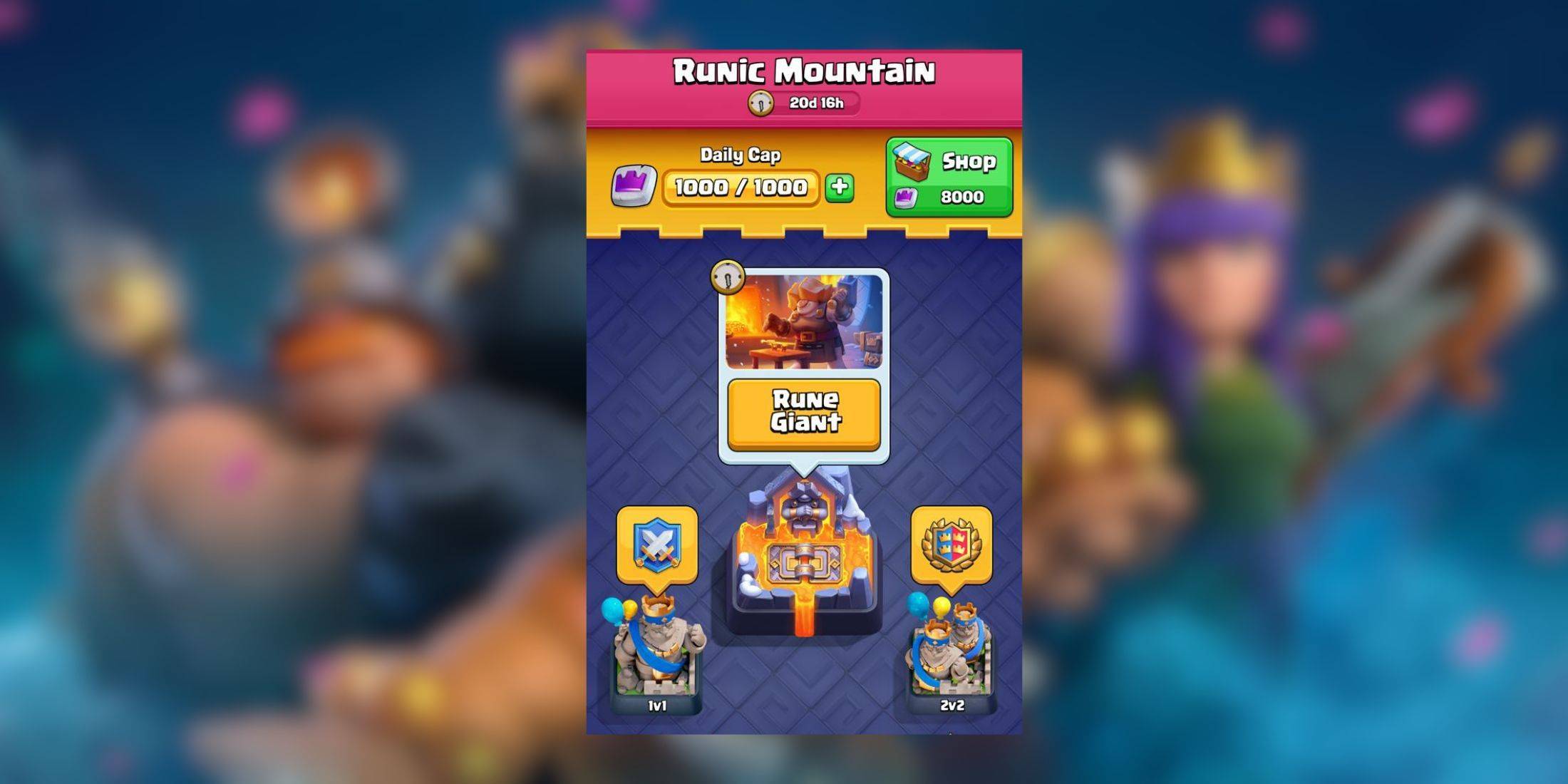









 Latest Games
Latest Games